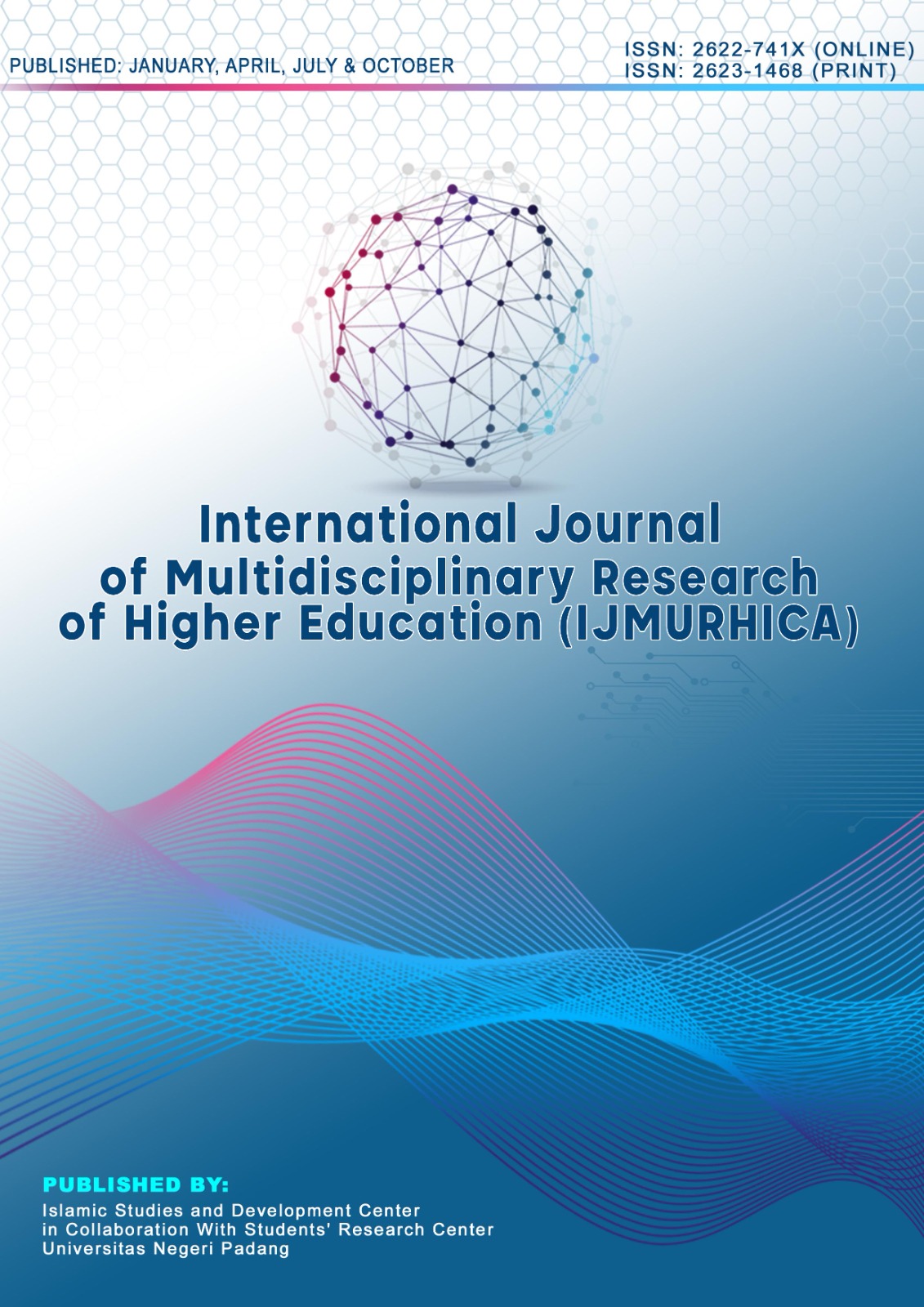Achieving the Sustainable Development Goals for Gender Equality: What are the Factors?
DOI:
https://doi.org/10.24036/ijmurhica.v8i3.380Keywords:
Gender equality, gender development index, gender empowerment indexAbstract
Gender equality is one of the main pillars in the sustainable development goals. Gender inequality is still a problem, especially in access to education, employment opportunities, and participation in decision-making. This study aims to analyze the effect of poverty rate, economic growth, high school enrollment rate, illiteracy rate, labor force participation rate, and early marriage on gender development index and gender empowerment index. This research uses a quantitative approach with a descriptive-analytical method. Data were analyzed using multiple linear regression of panel data. The results showed that partially, only the poverty rate variable had a significant effect on the gender empowerment index. Meanwhile, simultaneously, all independent variables have a significant effect on the gender empowerment index. This finding indicates that gender empowerment is affected by various socioeconomic factors collectively. The implications of these results indicate the importance of integrated multisectoral policies to promote women's empowerment through poverty reduction, increased access to education, and prevention of early marriage.
Downloads
Downloads
Published
How to Cite
Issue
Section
License
Copyright (c) 2025 Jihan Erika, Ira Wahyuni, Zulfanetti Zulfanetti

This work is licensed under a Creative Commons Attribution-ShareAlike 4.0 International License.






